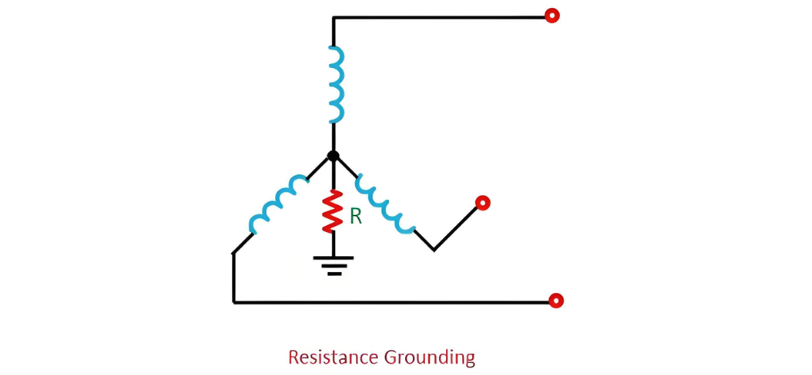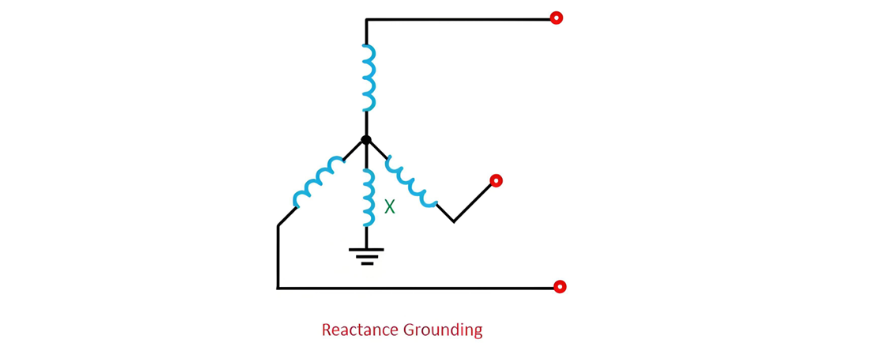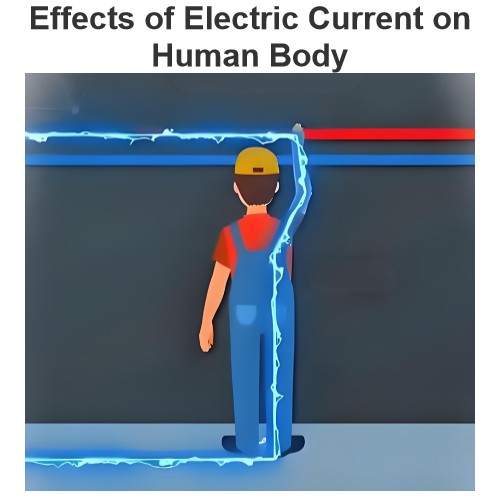Resistance & Reactance Grounding
Resistance Grounding
In resistance grounding, the neutral of the electrical system is linked to the ground via one or multiple resistors. This grounding method serves to restrict fault currents, safeguarding the system against transient overvoltages. By doing so, it reduces the risk of arcing grounds and enables effective ground - fault protection.
The resistance value employed in a neutral grounding system is critical. As illustrated in the figure below, it should be neither excessively high nor too low. An overly high resistance may compromise the effectiveness of fault current limitation, while an extremely low resistance might not adequately protect the system from transient overvoltages and could increase the risk of arcing faults.

If the resistance value is extremely low, the system effectively functions as a solidly grounded one. Conversely, when the resistance is extremely high, the system behaves as if it were ungrounded. The ideal resistance value is carefully selected to strike a balance: it must limit the ground - fault current, yet ensure that enough ground current still flows to enable the proper operation of ground - fault protection devices. Generally, the ground - fault current can be restricted to a range of 5% to 20% of the current that would occur during a three - phase line fault.
Reactance Grounding
In a reactance - grounded system, as depicted in the figure below, a reactance component is inserted between the neutral point and the ground. This insertion serves the purpose of limiting the fault current, providing a means to control and manage electrical faults within the system.

In a reactance - grounded system, to effectively reduce transient overvoltages, it is essential that the ground - fault current not fall below 25% of the three - phase fault current. This requirement represents a significantly higher minimum current threshold compared to what is typically desired in a resistance - grounded system. This distinction highlights the different operational characteristics and design considerations between the two grounding methods, emphasizing the unique role of reactance grounding in safeguarding the electrical system against potentially damaging transient overvoltages.
The Electricity Encyclopedia is dedicated to accelerating the dissemination and application of electricity knowledge and adding impetus to the development and innovation of the electricity industry.













